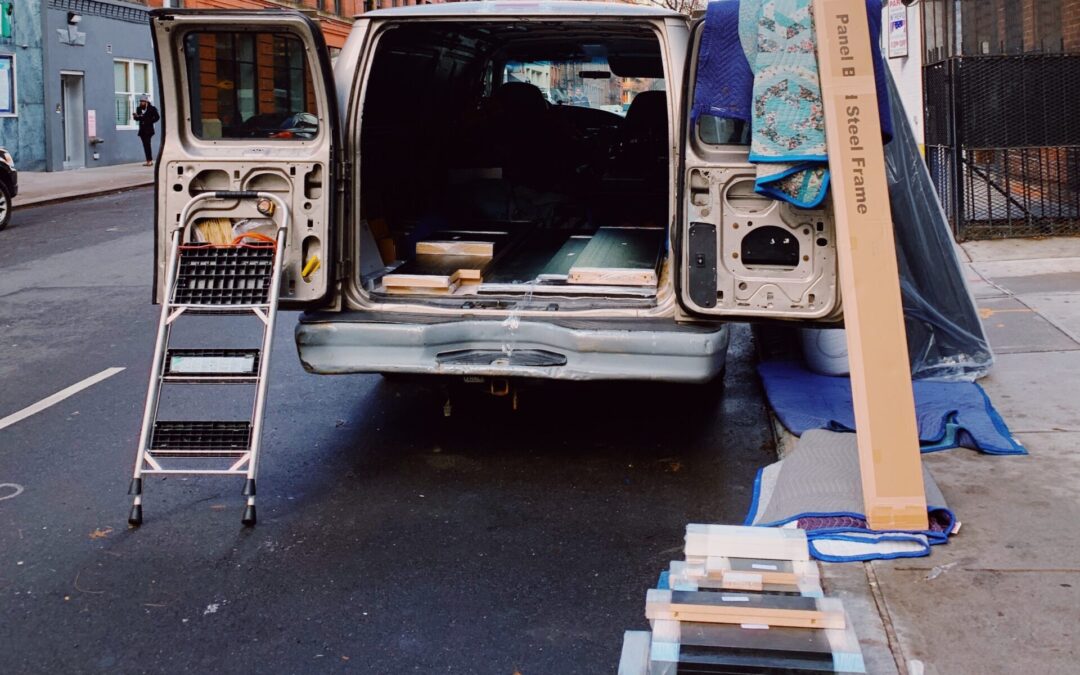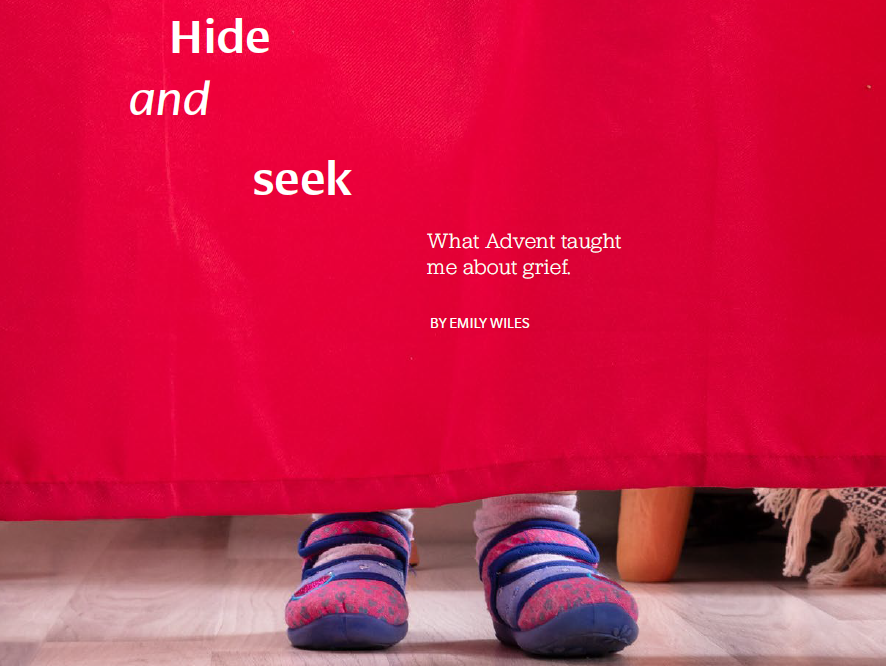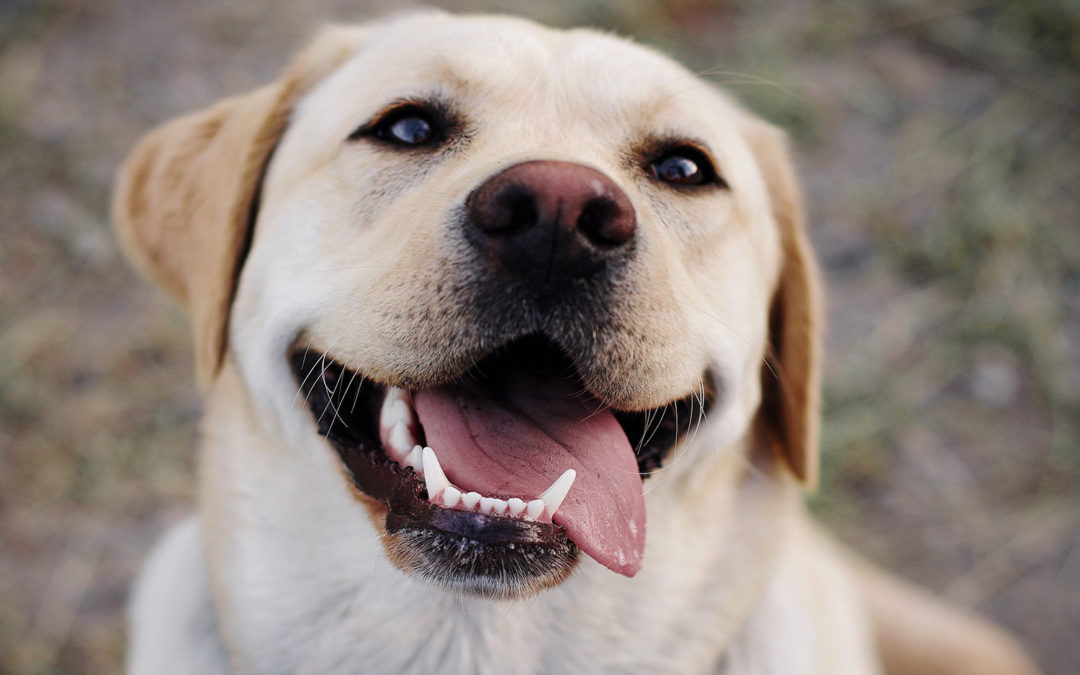It’s the best model I’ve seen of faith.
by Abigail Accettura
I BEGAN VOLUNTEERING for One Tail at a Time, a Chicago-based animal shelter, only partly out of a desire to help animals in need. The much larger reason? I was desperate. Desperate for something to do to fill my time and take my mind off my spiraling mental health and the ways I was struggling personally.
The pandemic had left me feeling incredibly isolated. Pervasive loneliness ate away at me, gnawing on my insides, making it harder and harder to keep a rein on the depression that had grown into an ever-present specter in my daily life. My cats were the one thing that consistently made me feel better, with their warm bellies, soft paws, and insistent meowing at mealtimes. So, on a whim, I registered for One Tail at a Time’s volunteer orientation.
One Tail at a Time is an animal rescue and mutual aid organization that originated as a sort of overflow container for animals that weren’t being adopted from other shelters. It has rapidly grown into one of the city’s largest rescue and transfer programs. What drew me most was the emphasis not just on helping animals, but on helping humans too. During the pandemic, the organization started a food and resource bank for pet owners and people experiencing homelessness. The organization also continued to lead a local rescue intervention and support program focused on helping homeless families keep their animals, avoiding the further trauma of having to surrender them.
My first volunteer shift came quickly after the orientation. I arrived feeling nervous and unsure of myself. Fully masked in the June heat, I climbed the stairs and was greeted by an overwhelming cacophony of barking. The lead volunteer for the shift met me in front of the kennels, and after a quick introduction, asked, “Can you take this one on a walk?”
I wish I could remember the name of the first One Tail dog I walked, but I don’t. I do remember his spotted face and big paws, and the way he wiggled while I tried to put on his harness and leash. I remember his hot breath on my face, and the way his tongue lolled out when I scratched behind his ears. Mostly, I remember his simple, overwhelming joy at the prospect of a walk. He almost knocked me down the stairs in his excitement to get out into the neighborhood.
We went on a long walk, that first time. Through residential areas and along the edge of a park, we crossed the street to avoid cars and other dogs. His tail wagged the whole time. I didn’t have pets growing up, and I certainly didn’t have experience with a dog his size, but his enthusiasm was contagious. I found myself smiling while we walked, talking to him in silly voices and narrating our journey aloud. When we finally got back to the center, I was eager for the next dog—my next partner to stroll around the city with, reminding me how to smile.
In the coming months, I would volunteer at One Tail at least twice a week. I took advantage of my late-starting job to go over in the mornings and take individual dogs out on field trips while staff cleaned the kennels. I brought dogs, big and small, to cafes, parks and cemeteries for long walks away from the center. Eventually, I worked my way up to a sleepover, and brought a dog from the shelter home with me for the night. His name was Hokey Pokey, and he was the sweetest, gentlest dog in the world. He didn’t mind my cats, or really anything about my small Chicago apartment. Mostly he wanted to lie in bed with me, tucked under the covers with his nose under my chin. I bought a bag of dog treats to keep in my cabinet, and a roll of poop bags to keep on my key ring for Hokey Pokey and all the other dogs that would come to sleep over.
A NEW LEASH ON LIFE
I left every volunteer shift feeling lighter, happier. It wasn’t just the dogs; it was the people I was meeting, too—other people, who like me, wanted to help, to make a difference, to be around the unconditional, endless energy the dogs brought to every interaction. The depression that had made previous months so difficult for me began to lessen, lightening at the edges.
In a lot of ways, I think rescue dogs are a case study in faith. Like us, they have no way of knowing what the future holds. Unlike us, they have limited agency, living at the mercy of their environment and the people who enter their lives. I’ve seen dogs enter the rescue shelter, arriving from horrible situations—homelessness and malnutrition, tornadoes and injuries, hoarding cases and neglect. But despite the conditions these dogs came out of, they have unwavering, unbreakable spirits.
Their faith shines through, even in the darkest times—faith in the future, in the people around them, in the hope that this time things will be different. With care and kindness, I’ve seen their personalities emerge, their playfulness return, and their social energy resurfaces. It is the most remarkable thing! Even dogs that people have treated with cruelty can find it in themselves to respond to humans with kindness, with affection.
Abigail Accettura is a graduate of Valparaiso University’s Christ College and DePaul University’s Master of Arts program in Writing.
This is excerpted from the November/December 2022 issue. To read more articles like it, subscribe to Gather.

Feeling homesick
Moving in, moving on By Susan K. Olson BY THE TIME THE MIDDLE of September hits, the college...

Hide and seek: What Advent taught me about grief
By Emily Wiles WHEN I WAS YOUNG, I was a champion seeker in the game of hide and seek. I had an...

Go-to places for sacred spaces
By Kathryn Haueisen— I’m embarrassed about how many times I’ve changed my address. Sometimes I’ve...



What a wonderful reminder of the powerful connections between canines and humans. Thank you for this.